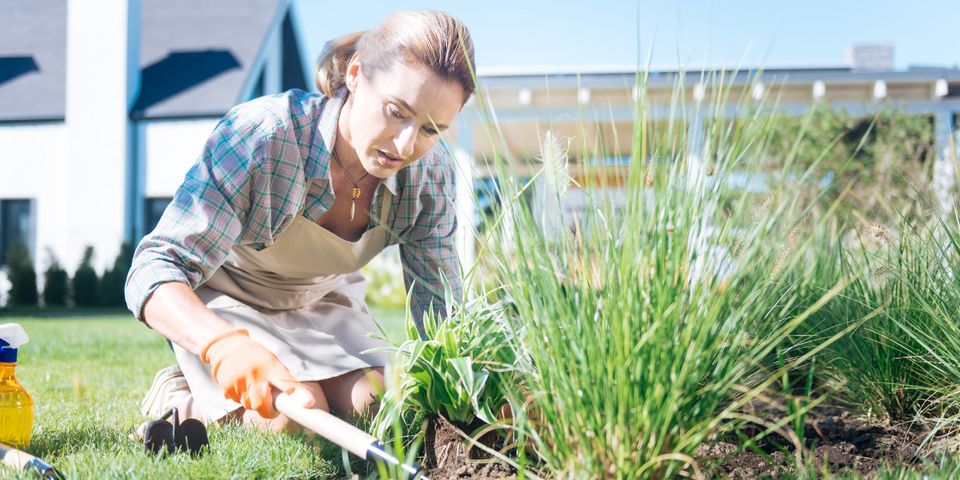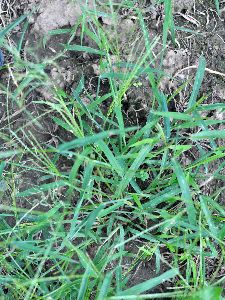5 Common Lawn Weeds Found In Missouri

As a homeowner, you likely do yardwork and other outdoor improvement projects throughout the year to keep your property beautiful. Unwanted plants can be eyesores, but prompt and attentive lawn weed control is one way to keep the yard healthy. While removing the whole plant as soon as it sprouts is an effective strategy for killing most weeds, there are also methods you can employ. The following guide outlines a few common weeds found in Missouri and how you can get rid of them.
What Are Some Lawn Weed Control Tips for Common Species?
1. Chickweed
Common chickweed is thick and low-growing and has many small, smooth leaves that boast a pointed, oval shape. It has shallow roots that can be safely removed manually or with a hoe. Mouse-ear chickweed has longer, narrower, fuzzy leaves. It can regrow if root fragments are left in the soil, so it needs to be thoroughly pulled up by hand.
2. Grassy Weeds

There are a wide variety of grasses that can invade your lawn, including annual bluegrass, sedge, barnyard, Bermuda, and Dallis grasses. Target them with weed killer to effectively eliminate these unwanted species. You should also regularly apply preemergent herbicides that keep new sprouts from emerging.
3. Ground Ivy
Ground ivy, or creeping Charlie, is a low, sprawling plant that has rounded, heart-shaped leaves with scalloped edges. It has small, spotted, bluish-purple flowers when it blooms. You can kill it by covering the whole plant with cardboard, newspaper, or a tarp for at least a week to limit its sun and air exposure. The best time to apply pesticide is in late fall when the plant is actively absorbing nutrients to prepare for winter.
4. Curly Dock
Young curly dock plants look similar to dandelions, with leaves lying on the ground radiating from a point at the center. However, instead of saw-edged leaves, they are arrow-shaped, and they have long, bare stems with pointed leaves. The leaf edges are ruffled and may have a purple tinge in summer and fall. Curly dock has a main taproot extending down from the center of the plant. Remove it by digging out the whole root or cutting off the top 3 or 4 inches of the root.
5. Broadleaf Plantain
Broadleaf plantain has a rosette of large, egg-shaped leaves with wavy edges and an upright stalk in the center with clusters of seeds. This plant grows back from the root if the top is torn off, so you may need a weed removal tool to ensure you get the whole network. It can also be treated with weed killer in the fall or spring.
Let the team at Oasis Landscapes & Irrigation in Columbia, MO, provide fertilization and lawn weed control services to keep your yard stunning. For over 30 years, they have been serving homeowners throughout Boone County. Depending on the needs of your property, they’re available for regular maintenance visits or one-time projects. Call (573) 446-0858 to receive a free quote, or visit the website to learn more.
About the Business
Have a question? Ask the experts!
Send your question

